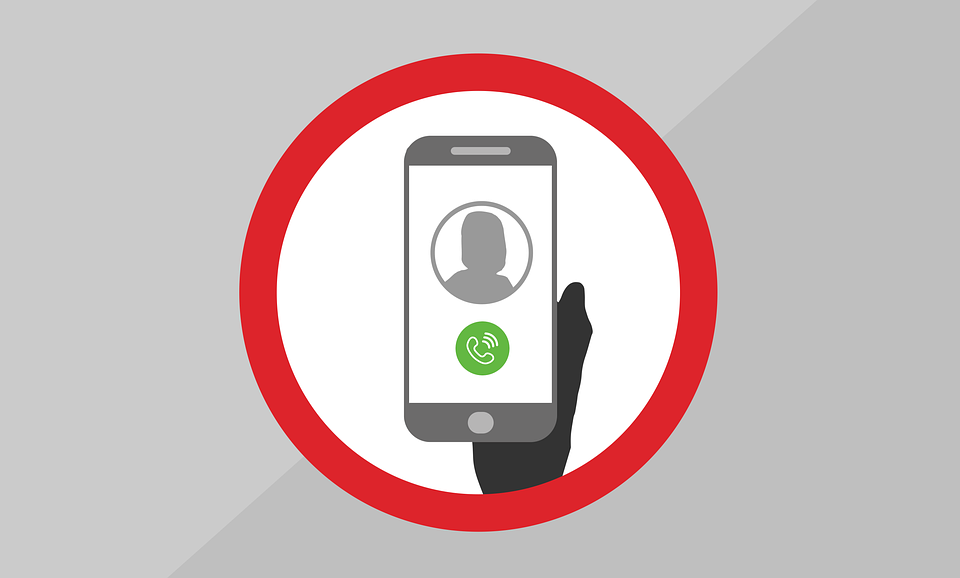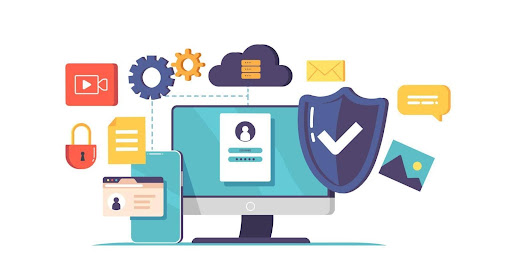Spam is a term that has been around since the early 20th century, but it has only recently become a problem in the digital age. Spam can be sent via email and text messages, and it often includes links to entice you to click on them. These links can lead to malware or other suspicious content. When this happens, you’ll know right away because your phone will display an alert that says, “This app may harm your device.” If you click yes or didn’t see the warning before, your phone could get infected with malware—and you might never know why!
In this post, we will help you discover what spam is, why you get it, what happens after that and how you can get rid of it. Let’s first understand what spam is.
Table of Contents
What is spam?
Spam is any type of unwanted or unsolicited message, often marketing messages. It comes in bulk unexpectedly that you often can’t control. Spams are annoying, but more than that, they are a threat. They can cause you more harm than you think. Also, there’s no specific method that makes it easy for you to recognise it, as the spammers keep updating and changing their methods. Moreover, spam is expected to increase now because we have 5Gor Airtel 5G network, which is the fastest.
How do you get spam?
Spam can be sent by email, text message, or other means. It’s a nuisance and can be harmful if you click on links in the spam that lead you to malicious content like a virus. Spam is usually sent by bots but can also be created by humans who are paid to send as much spam as possible.
Why does spam happen?
Spam is a form of advertising. Spammers want to make money as quickly and easily as possible, so they don’t mind spamming people who haven’t asked for their product or service. Spammers use software called bots to send out millions of emails at once using fake identities and email addresses. Sometimes spammers send the same message from different servers located in faraway countries to disguise their location.
If you want to combat spam on your phone, follow these steps:
1. Download anti-spam or anti-virus software: The first step is to install anti-virus software on your phone and keep it up-to-date. This should help prevent the installation of malicious apps, which can cause issues such as spam and viruses.
2. Don’t click on unknown links: Next, don’t click on links in emails from unknown senders or open attachments from anyone who doesn’t have your permission to send them. If these emails are sent to you by someone you know—even if they didn’t intend for them to be malicious—don’t click on links or open attachments unless you’re sure they’re safe.
3. Avoid using public WiFi- Avoid using public WiFi networks like those at coffee shops or airports because these connections aren’t encrypted by default; meaning they aren’t secure enough for sensitive activities like online banking and shopping. If there’s no other option available but public WiFi, then consider logging into different apps with different accounts so that if anything happens with one account, then it won’t affect others linked with it through shared passwords/accounts etc. Also, make sure that there’s an encryption enabled so third parties can’t eavesdrop on what’s going back and forth between devices connected through those networks.
4. Be cautious when downloading apps: If an app asks for access to personal information such as contacts and photos, be sure to only give this access if you trust them completely and even then, take caution. Otherwise, you could end up being spammed by apps that have gathered all this data from other users’ phones.
5. Don’t give out personal information like email or phone number publicly: Don’t give out personal information to strangers over email or text message—this includes names, addresses, phone numbers and financial details like credit card numbers and passwords even if they look legit. Only share this kind of info with trusted people whom you know well enough not just their names but also where they live in real life too.
Conclusion
Spamming is dangerous, but you can make it less of a problem in your life by taking a few precautions.





